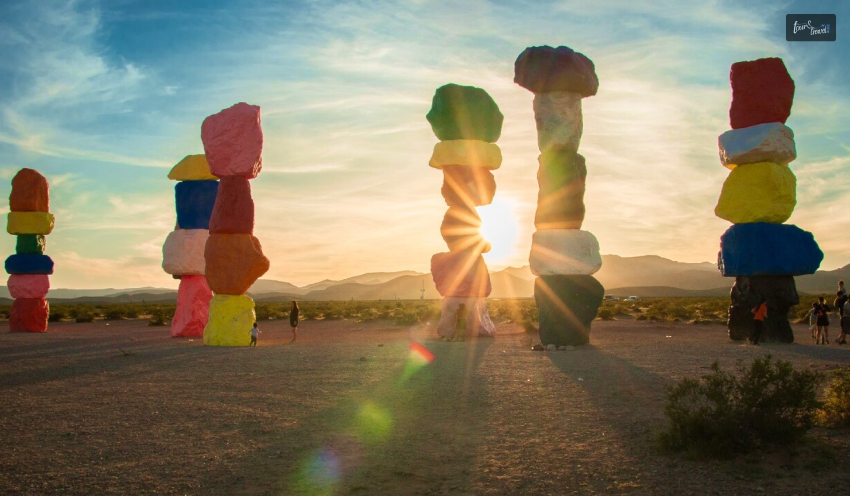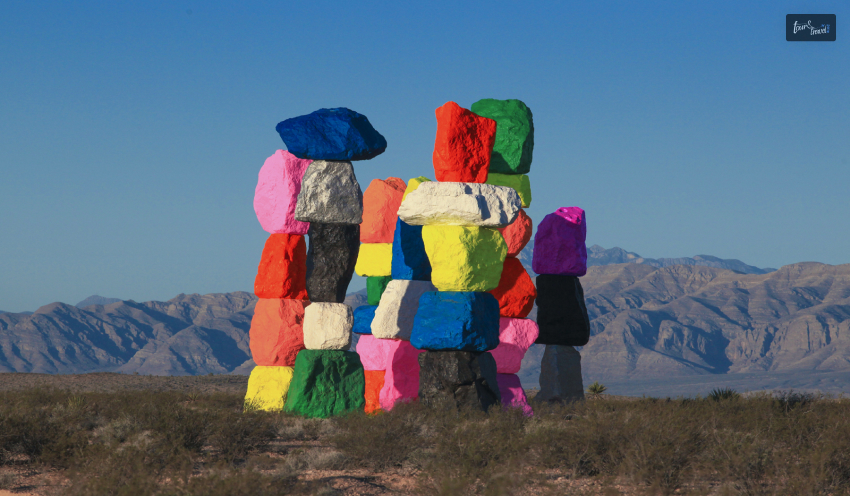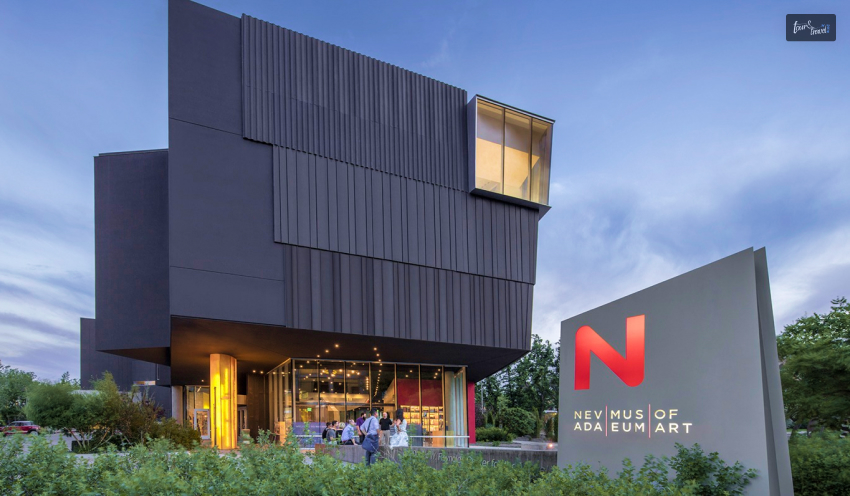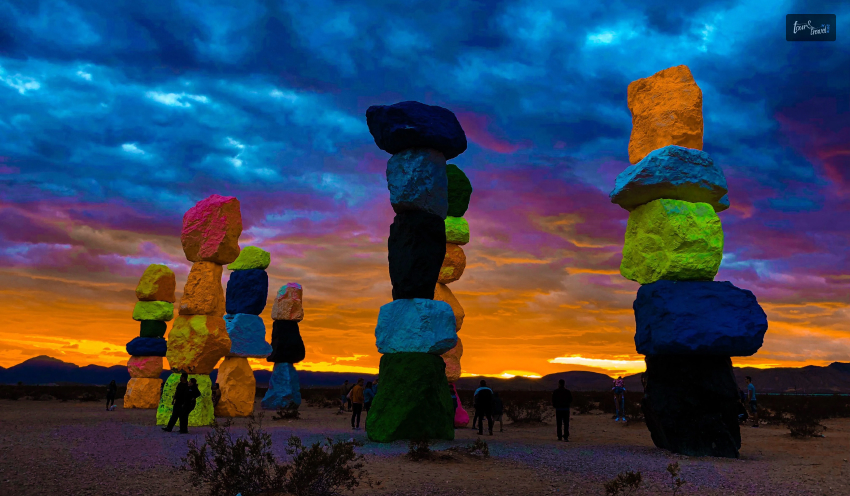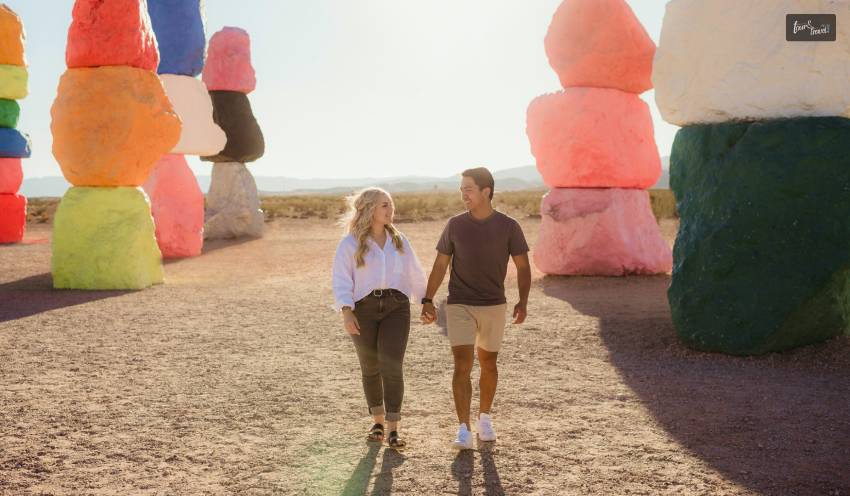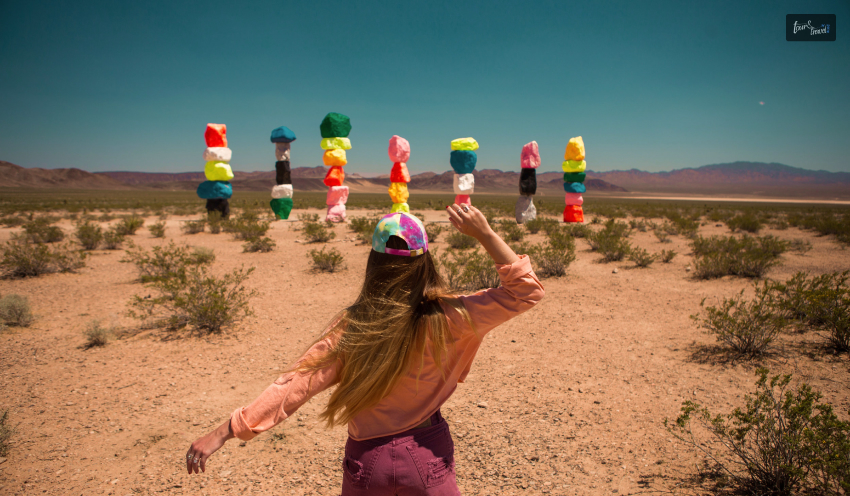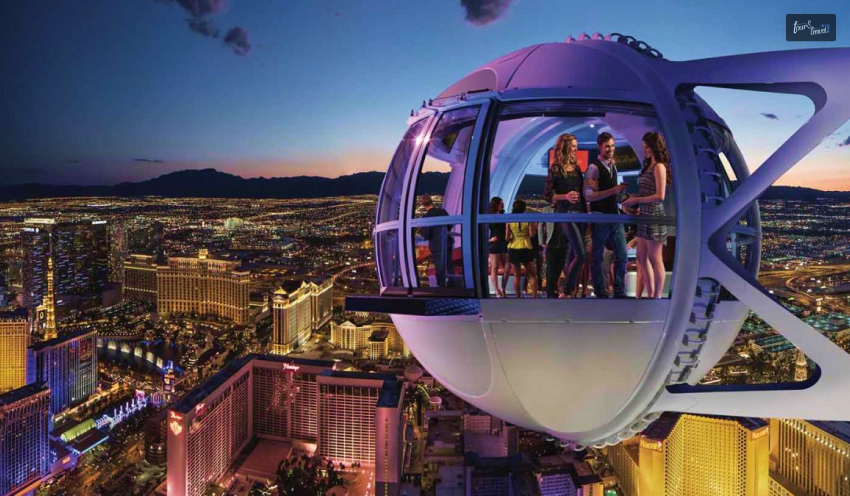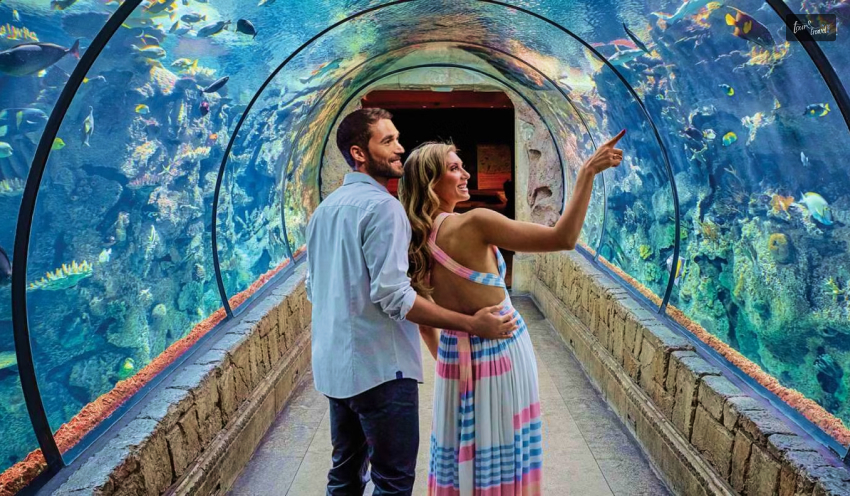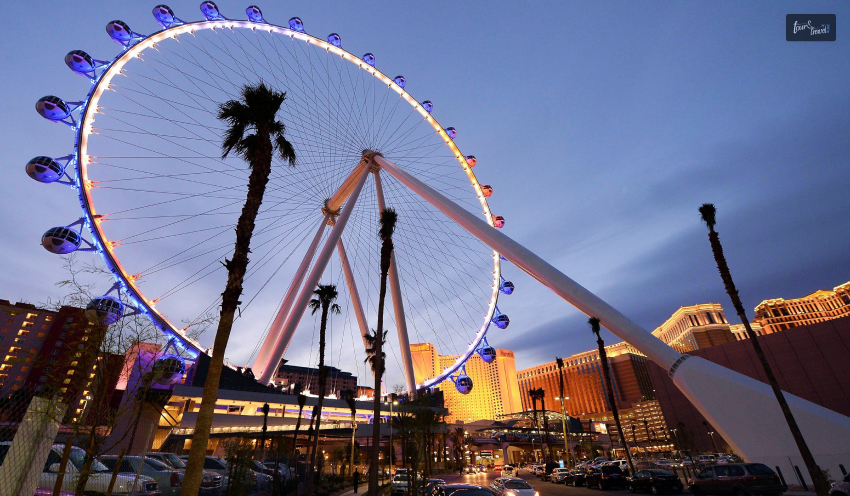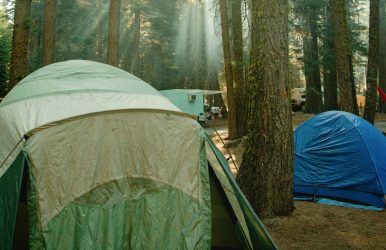Free Things To Do In New Orleans With Kids | Visiting New Orleans On A Budget
BY Sibashree Jan 8, 2025
Tourism in New Orleans, Louisiana, is growing. We have the latest data from the Louisiana Department of Culture, Recreation, and Tourism. The data says that in September 2024, the hotel occupancy in Louisiana was 2.1% more than in September 2023. Now, the places to visit and activities here have always helped tourism to this part of the world. If you are aware, New Orleans is a melting pot of jazz music, historic architecture, Cajun cuisine, brass bands, and so much more! However, traveling to New Orleans has always been a little expensive, and we often overlook it as a tourist destination for kids. So, when someone thinks of a kid-friendly destination or traveling on a budget, New Orleans is probably not the first choice. So, with this Tour and Travel guide of free things to do in New Orleans with kids, we want to bridge that gap. Here, you will discover New Orleans as a budget-friendly tourist destination for kids. Free Things To Do In New Orleans With Kids | Traveling On A Shoestring | Traveling Like A Local January to March is the best time if you want to explore the free things to do in New Orleans with kids. The average temperature in these months ranges between 45-70 degrees F. Further, these months are the season of festivity in New Orleans. Of course, you have the New Year celebrations. However, a friend of mine there says that Tet is the festival you must attend in New Orleans. An important festival for the Vietnamese population in the city, it demonstrates the perfect fusion of Eastern and Western cultures. Furthermore, the Carnival Season in New Orleans begins on 6th January. The last day of the festival, Mardi Gras is in mid-February or early March. Moreover, the city celebrates Black History Month with great sincerity. The Black History Month will be celebrated from 1st February to 1st March 2025. So, if you explore the free things to do in New Orleans with kids during this time, they will learn about the history and culture of the city from these festivities. The Economic Modeling Specialist International or EMSI data shows how inclusive New Orleans is as a city. According to the 2021 data from EMSI, 59% of the population in the city is black. In the other 41%, the city has white Latinos, non-white Latinos and Asians. So, visiting New Orleans can be a great thing to learn about inclusivity for a child with a sensitive heart and an impressionable mind. Let’s check out what more the city has in store for them. 1. Visit The Audubon Nature Center https://www.instagram.com/p/DCW-62VRd5M/?hl=en Location: 11000 Lake Forest Blvd. New Orleans Contact Number: (504) 861-2537 Hours Open: 8:30 AM to 3:30 PM (Sunday Closed) Entry Fees: Free Entrance to the Interpretative Center and Nature Center Walking Trails (Tickets Needed For Entry to the Zoo and Aquarium) Your to-do list of the free things to do in New Orleans with kids starts with a visit to the Audubon Nature Center. The aquarium, insectarium, and zoo are the prime attractions here. However, these three attractions do not allow free entry. It is smart if you opt for a combo ticket. The combo ticket costs “$49.95 Adult / $44.95 Youth / $44.95 Seniors.” Moreover, if your little one is interested in stargazing or astrotourism, you must visit the Audubon Louisiana Nature Center Planetarium and Nature Dome Theater. It is temporarily closed. However, it will resume its operations from February with new films and content. 2. Visit A New Orleans Public Library Branch | Best Free Things To Do In New Orleans With Kids https://www.instagram.com/p/DAZrMeGpt1L/?img_index=1 Main Library Location: 219 Loyola Avenue. New Orleans Contact Number: (504) 596-2610 Hours Open: 10 AM to 7 PM If your little one loves to read, a visit to any branch of the New Orleans Public Library will be fulfilling to them. However, I especially recommend visiting the Children's Resource Center Library. The Children's Resource Center Library is located at 913 Napoleon Avenue. You can reach out to them at (504) 596-2628. The library remains open from 10 AM to 7 PM. Further, it hosts regular events like Storytime, Craft and Lit, and Tween Chess Club. I was exploring their Instagram page, and it’s so much fun! Particularly, one post drew my attention. It was a poster from a 2019 event where drag Queen Ariel Androgyny had a story-reading session. Further, the poster said that the event was about celebrating diversity. Events like these are great for teaching diversity and inclusivity to the children. 3. Explore Arnaud’s Mardi Gras Museum https://www.instagram.com/p/DEVONpWRDC9/ Location: 813 Bienville Street, New Orleans Contact Number: (504) 523-5433 And Toll Free: (866) 230-8895 If your kid is eager to know about the history and true spirit of New Orleans, a visit to the Mardi Gras Museum at Arnaud's Restaurant will be great. It has two dozen Mardi Gras costume collections of Germaine Cazanave Wells. These are the costumes worn by queens during this high society extravaganza. So, take your kids to the Arnaud’s Mardi Gras Museum and let them cherish their moments of fantasy and wonder. 4. Plan A Tour Of The Jean Lafitte National Historical Park & Preserve https://www.instagram.com/p/DCHMeMbO72W/?img_index=1 Location: 419 Decatur Street, New Orleans Contact Number: (504) 589-3882 Hours Open: 24 Hours Do your little ones want some adventure, and you are looking for free things to do in New Orleans with kids? Take them to the Jean Lafitte National Historical Park & Preserve. At this historical park, they will meet the native snakes and alligators. Further, the Barataria Preserve is at the epicenter of a visit to the Jean Lafitte National Historical Park & Preserve. This preserve consists of 26,000 acres of Louisiana Wetlands. Other points of attraction in the park are Chalmette Battlefield, French Quarter Visitor Center, Prairie Acadian Cultural Center, etc. 5. A Visit To The LA Children’s Museum https://www.instagram.com/p/DD2KljRieGh/?img_index=1 Address: 15 Henry Thomas Dr., City Park, New Orleans Contact Number: (504) 523-1357 Entry Fee: Free Entry On The Second Sunday Every Other Month (11 AM to 4:30 PM) Hours Open: Wednesday to Saturday (9:30 AM to 4:30 PM), Sunday (11:30 AM - 4:30 PM), Monday and Tuesday Closed The Louisiana Children’s Museum has fun programs to boost the creativity of your children. Your little one can be a part of the camps. These camps offer interactive learning experiences in math, science, and nature. Living with Water is another great program to learn about the survival and evolution in wetlands and wet environments. Moreover, the museum hosts Sensory-friendly Playtime. If your child has sensory-specific needs, they can explore the museum at their own pace without noise and crowd. Reaching New Orleans | Know This Travel Details Before Exploring The Free Things To Do In New Orleans With Kids New Orleans is well connected to the other states of the USA and the rest of the world thanks to the Louis Armstrong New Orleans International Airport and New Orleans Lakefront Airport. Further, you can take the service of the Airport Shuttle New Orleans to reach your hotel or destination from the airport. Airport Shuttle New Orleans is located at 4220 Howard Avenue and you can reach out to them at +1 504-522-3500. Also read Top 10 Most Popular Paraguay Food That You Must Try. Top 13+ Famous Wonders Of India That You Must Visit. Top Tips For Motorbike Rental In Phuket – A Guide To Exploring The Island On Two Wheels.

